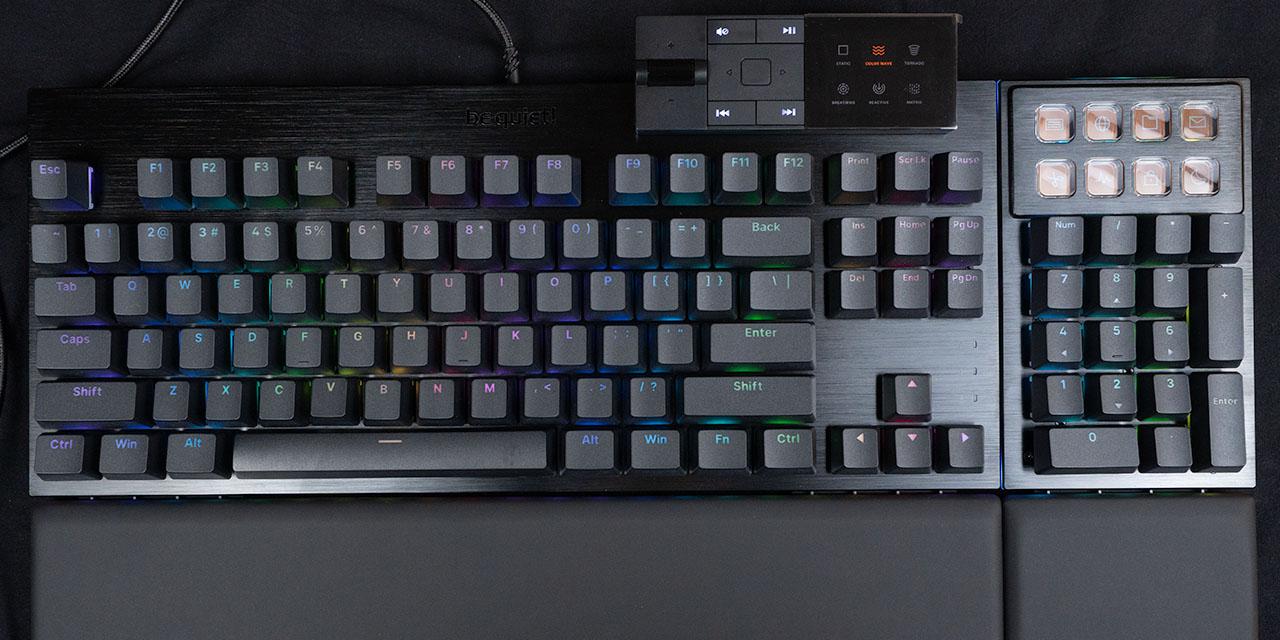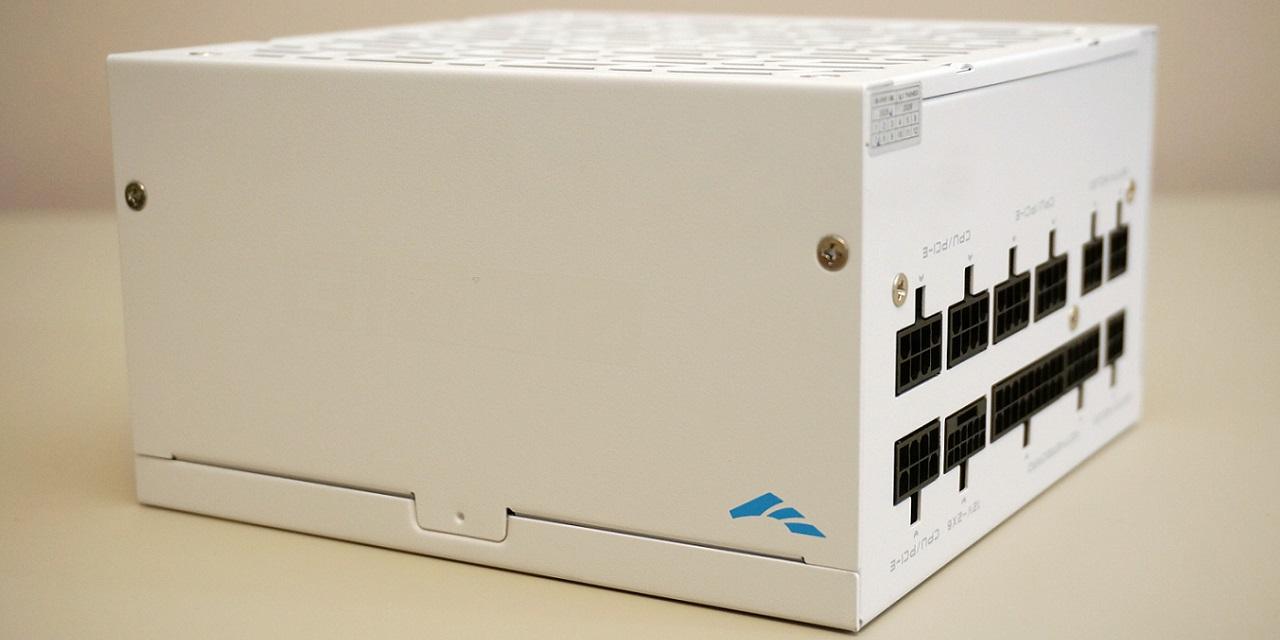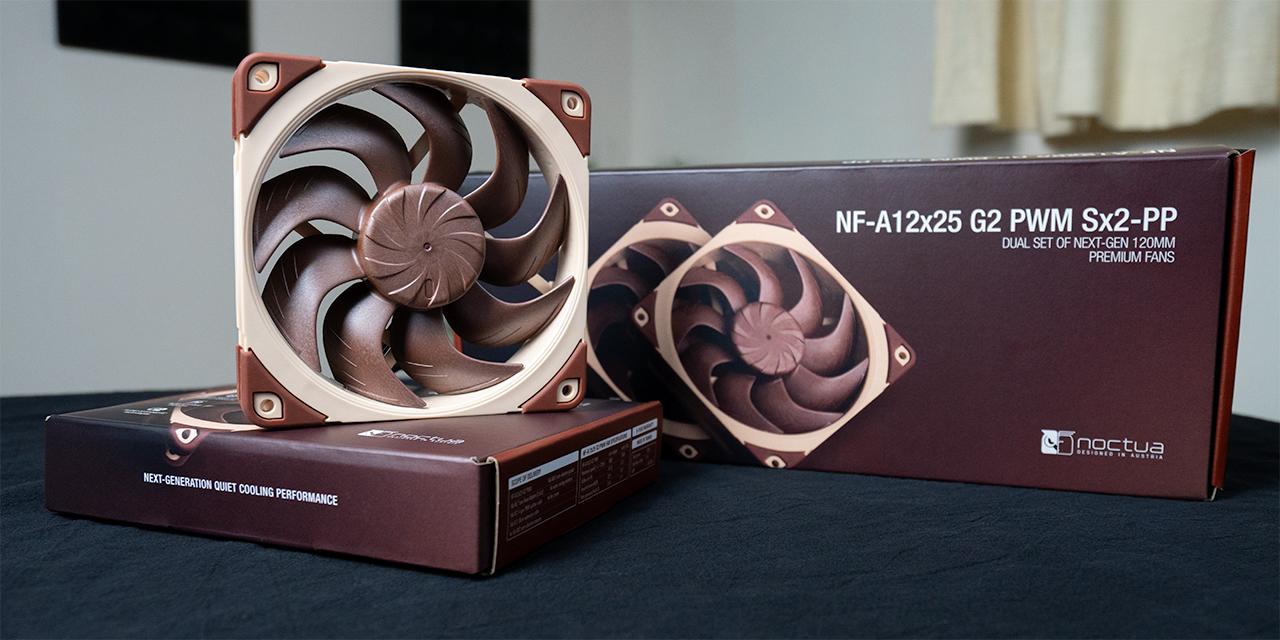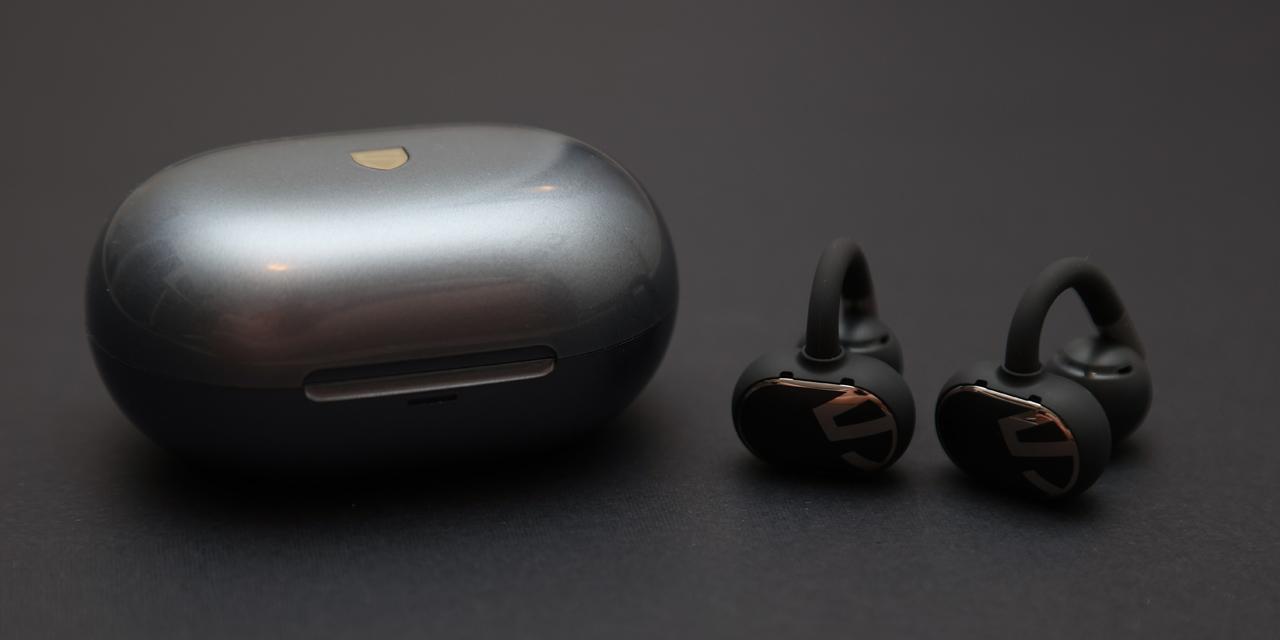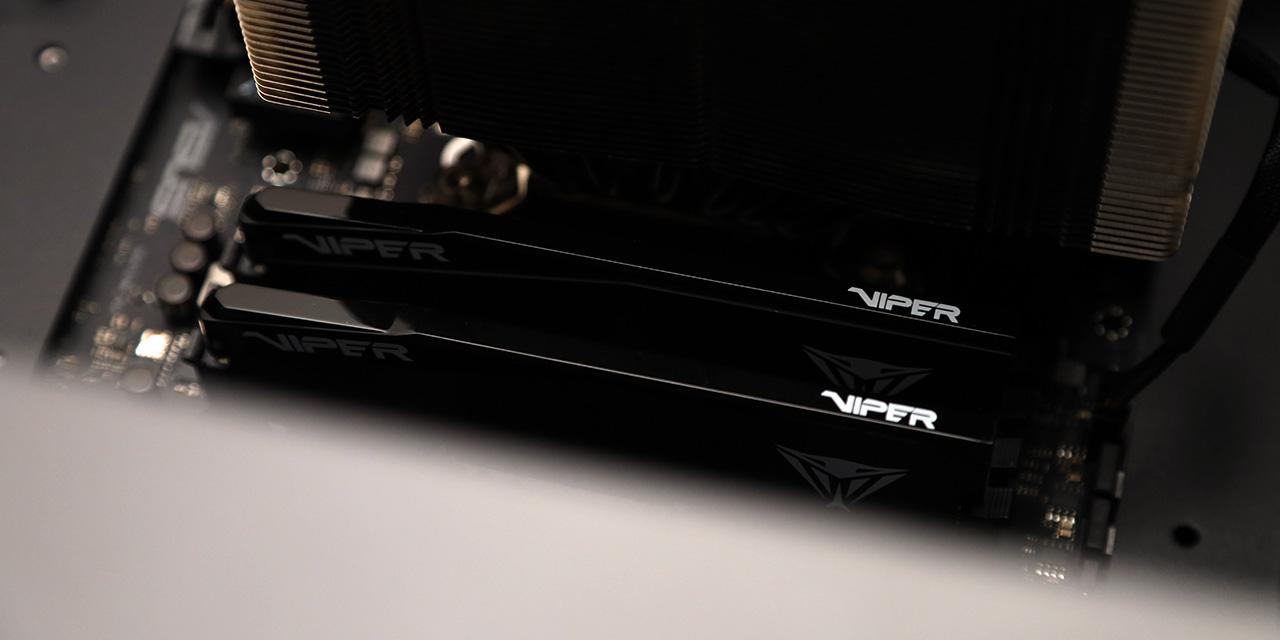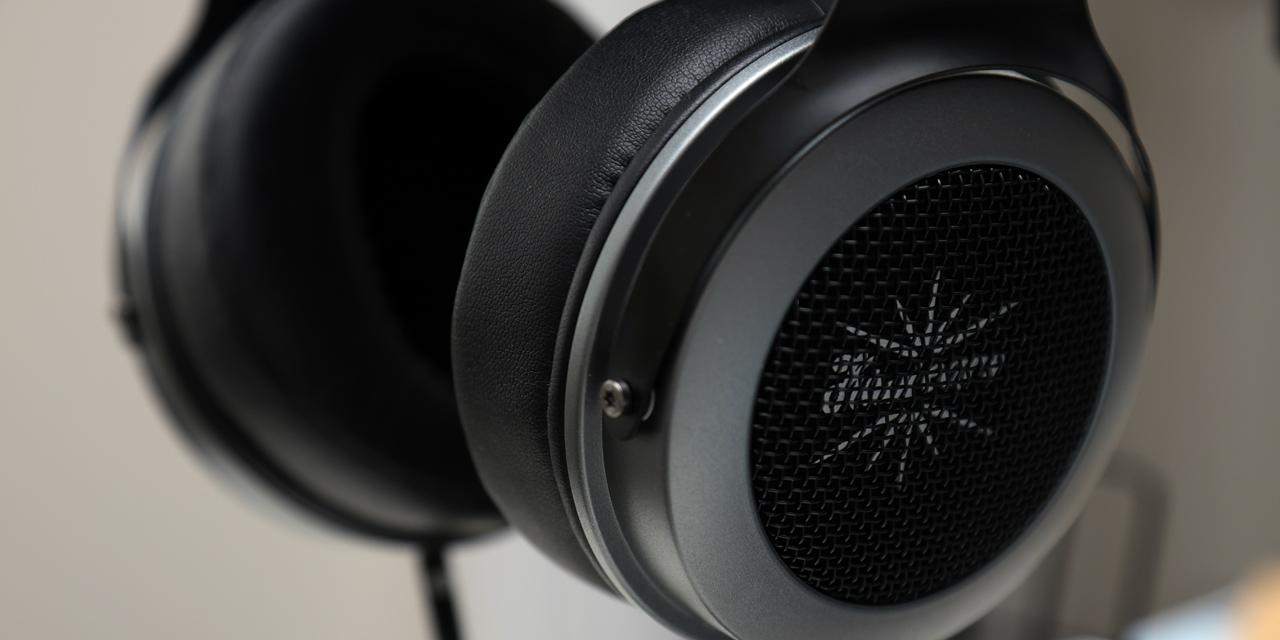Page 3 - Physical Look - Inside
Consistent with its exterior, the interior of the be quiet! Light Base 600 LX is also nicely finished with all surfaces painted matte black. The only things that are not black are the four ARGB LED fans with their translucent blades. As with all modern chassis, there are no front 5.25" drive bays for clear, unobstructed view through the tempered glass and airflow from the intake fans. The unconventional layout has the power supply mounted behind the motherboard in a separate chamber, which we will take a look at in more detail in just a moment. There are lots of room allocated for the motherboard otherwise.
The Light Base 600 LX is able to accommodate mITX, mATX, and ATX motherboards. The riser mounting holes are labeled for users who are not familiar with building their own computers. ATX motherboard risers are already pre-installed for you. One 120mm pre-installed rear exhaust fan is situated around the CPU socket area of a standard ATX motherboard. The stock fan is a 1600 RPM Light Wings LX from be quiet!, and features a 4-pin PWM header. There are three more in front, and they are all rated at 25.5 dB(A), 51.5 CFM, and 1.34 mmH2O. Two 140mm fans, three 120mm fans, or a radiator of equivalent size can be installed at the top of the case. The upper vent is almost fully ventilated with a large removable dust filter.
As shown in our photo above, the Light Base 600 LX has a large rectangular opening on the motherboard tray for easy aftermarket heatsink backplate installation without removing the motherboard itself from the chassis. However, since the power supply bay is located directly on the other side, you will need to take out your PSU to remove your heatsink backplate. That aside, the opening is large enough to accommodate pretty much anything. I mean, with something this big, unless you have some strange motherboard, it is hard not to get it right. The maximum CPU cooler height is 170mm. There are also many openings to support motherboards with backside connector design like Asus BTF, MSI Project Zero, and Gigabyte Project Stealth. The perimeter of the opening is not lined with rubber, but the edges are well rounded off, so you do not need to worry about your cables being stripped accidentally.
Here is a shot at the seven expansion card slots. They can be converted and used with the included vertical GPU riser kit to show off your graphics hardware. A GPU support bracket is included to prevent sag no matter what orientation you want to mount your graphics card in.
The chassis platform is raised about 1.75cm off the ground to accommodate up to three 120mm or two 140mm fans or a radiator of equivalent size at the bottom. The bottom panel is exactly the same as the top panel to support the multi-orientation design. As such, the bottom panel is almost completely vented with a large filter behind, so you will not need to worry about nasty stuff clogging your fans down the road.
Three 4-pin PWM be quiet! Light Wings LX 120mm fans draw cool air into the system from the front via the side. These Light Wings LX have special reverse blades, so there is no frame in the way to show off your ARGB LED goodness. The three 120mm fans can be swapped for two 140mm fans, or of course, a radiator of equivalent size. The longest video card you can fit in the Light Base 600 LX is 40cm. Obviously, no graphics card is that long, but it is reassuring to know you have basically infinite space to work with.
There is only one thermal zone inside the be quiet! Light Base 600 LX, since the shroud separating the main chamber and the power supply chamber is fully ventilated. Cables can be routed through the many large openings on all sides of the motherboard tray. None of them are lined with rubber, but the edges are well rounded off. For unused cables, it can stay in the PSU chamber behind the motherboard tray.
Here is a look at the other side of the be quiet! Light Base 600 LX. The back of the motherboard tray is quite fundamental to good cabling. This is especially held true with the Light Base 600 LX, since it supports motherboards with backside connector design as mentioned earlier. With the latest iteration, the company kept the gap super wide. In fact, the amount of room between the side panel and motherboard tray is as much as 90mm. This is because the Light Base 600 LX features a side-mounted vertical power supply bay behind the motherboard tray. Users will basically never experience problems if you own a power supply with thick cables. Inside the Light Base 600 LX, two foam-padded strips are present to dampen vibrations from your PSU. The case can accommodate models up to 200mm long. You can go a little over that, but that will run into the vertical cable management cover -- more on this on the next page.
Under the power supply bay is rack that can accommodate up to two 3.5" hard drives. You can install one 3.5" HDD directly to the rack, but if you want to install a second 3.5" HDD, you will need to use a removable tray, which is sold separately. The be quiet! Light Base 600 LX can also take up to two 2.5" drives on the other side of the vertical cable management cover. The cable management cover swings out counterclockwise via a set of hinges at the top and bottom, and is held in place by a pair of ball-and-socket joints. Unfortunately, the cable management cover has no built-in Velcro straps. Nowadays, I have neither 2.5" nor 3.5" drives in my main PC, so I would assume these bays will go unused for the majority of users with modern builds. Meanwhile, there are two built-in interconnected ARGB LED and fan hubs, located at the top and bottom, can control up to six ARGB LED PWM fans each for up to twelve via your motherboard, so additional software is not required.
You can get a better look at the inside of the right side panel. Like the top and bottom panels, it is completely vented with a full-size removable dust filter behind it. This is an air intake panel for the three Light Wings LX Reversed 120mm PWM fans.
Page Index
1. Introduction, Packaging, Specifications
2. Physical Look - Outside
3. Physical Look - Inside
4. Installation and Conclusion
